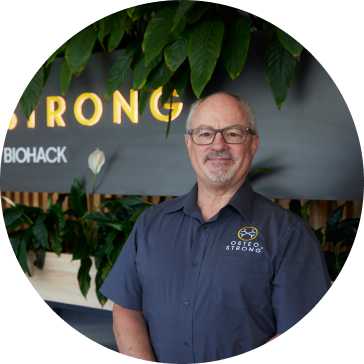You’re doing everything right—eating healthy, exercising, taking Calcium and Vitamin D supplements as your doctor suggested—but still, your bone density isn’t what it should be. What gives?
The truth is, you’re likely not doing anything wrong. Bone density loss is a natural part of aging, sped up by various factors like lifestyle, environmental influences, medical conditions, and medications, and even your genetics. And while low bone density increases the risk of falls and fractures in older adults, traditional measures to combat this issue might not be as effective as hoped.
Discovering you have osteoporosis or osteopenia can be a shocking revelation for many! If you don’t want to become a victim, you can proactively take control of your bone health —don’t wait for a diagnosis to catch you off-guard. You can act today to strengthen your bones and safeguard your future!
The Secret is Osteogenesis
The secret to keeping our bones strong and flexible as we age lies in a critical natural process called osteogenesis. This involves two types of specialised bone cells: osteoblasts, which build new bone, and osteoclasts, which break down older brittle bone. Together, they are crucial for bone development, growth, and repair. However, after reaching around age 30, this natural bone renewal process can become imbalanced, leading to a gradual loss of bone density.
Since the late 19th century, it has been understood that bones undergo adaptation and strengthening as a direct reaction to physical stress and strain. In the medical world this is called Wolff’s Law. As young people engage in activities like running, jumping, stomping, and falling, they naturally accumulate bone density, laying a strong foundation for their skeletal health in later years.
However, it wasn’t until 2012 that research in the UK pinpointed the exact force needed to kickstart osteogenesis— a force significantly higher than what conventional exercise can provide as we grow older.
For example, it takes a force of at least 4.2 times your body weight to trigger new bone growth in the hip and femur, a threshold not met by usual workouts like running, gym workouts, pilates, yoga, Keiser, swimming, or cycling. (1)
So, how can we apply the necessary force to stimulate osteogenesis?
Gymnasts have the strongest bones of all athletes. They absorb impacts up to 10 times their body weight, which demonstrates how high-impact activities can lead to stronger bones. Likewise, ultra-heavy weightlifters have very strong skeletons. But obviously, gymnastics and ultra-heavy weightlifting are not suitable or safe for most people, particularly older, fragile, and previously fractured people!
How OsteoStrong Bone Gyms Build Stronger Skeletons
Fortunately, there’s a highly safe and accessible solution for the rest of us, thanks to medical research by Dr. John Jaquish PhD and the genius of OsteoStrong Bone Gyms.
Dr. Jaquish’s breakthrough in 2012 (2) revealed that we are significantly stronger in our body’s optimal position, and that a single exertion at this level is enough to promote bone growth. He designed four specialised machines called Spectrum, targeting the upper body, lower body, core, and spine.
Spectrum machines provide a quick workout, requiring less than 10 minutes only once a week. This frequency aligns perfectly with the 7 to 10 day recovery period essential for bone development, making more frequent sessions unnecessary.
This innovative approach offers a simple yet highly effective way to strengthen bones, bypassing the limitations of traditional exercises and avoiding the side effects of medications. With OsteoStrong, building stronger bones as we age is not just possible; it’s easily within reach for most people at almost any age and fitness level.
Start Building Stronger Bones Here
Don’t waste any more time! Contact us today to schedule your free discovery session at OsteoStrong. You’ll learn how to strengthen your bones and muscles, improve your balance, and empower yourself to live a life free from fractures.
1. Deere & Tobias, Habitual levels of high, but mot moderate or low, impact activity are positively related to hip BMD and geometry, UK 2012 Pubmed. https://pubmed.ncbi.nlm.nih.gov/22492557/
2. Osteogenic Loading: A New Modality To Facilitate Bone Density Development, Dr. John Jaquish PhD et al, 2012, Printed Book.



